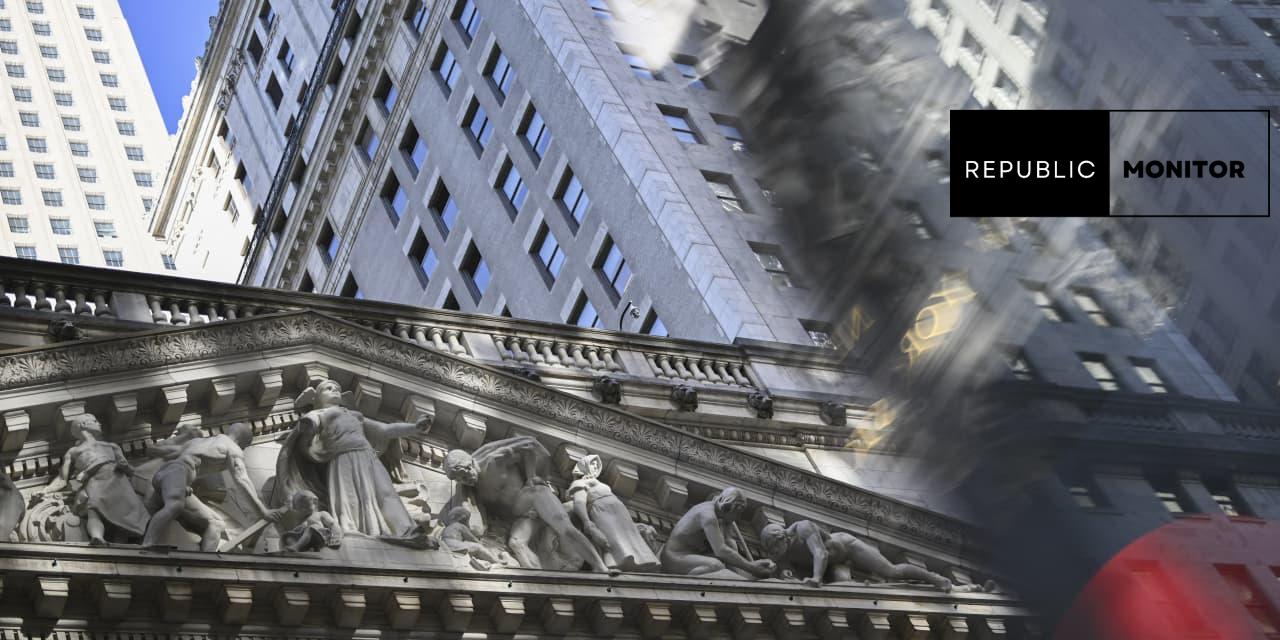Today was a surprising and tough day for the stock market. The Dow Jones Industrial Average lost more than 1,100 points, marking a significant downturn that has many people worried. This decline didn’t just happen out of nowhere; it was partly due to announcements made by the Federal Reserve. Let’s break it all down so you can understand what happened.
Why Did the Dow Drop?
The main reason for the Dow’s drop is a reaction to the Federal Reserve’s latest decisions. The Fed, which helps control the economy and interest rates, has signaled it may not cut interest rates as much in the future. This left investors feeling uneasy, leading to the big sell-off today. Investors worried that high interest rates could make borrowing money more expensive, which impacts businesses and consumers.
The Significance of This Dip
The fall of over 1,100 points is dramatic and marks the first time in a while that the Dow has had such a big decline over ten consecutive days. In fact, this is the first losing streak of this length since 1974! When the stock market shows these signs, it usually indicates that investors are anxious about the overall economy. Many are wondering what this means for jobs, savings, and spending habits across the country.
What’s Happening with Other Markets?
Not just the Dow was affected; other major indexes also took a hit today. The S&P 500 and the Nasdaq composite index also fell sharply, reflecting concerns that are spreading across the entire market. Entrepreneurship, small businesses, and common folks relying on their investments feel these effects too. When the stock market goes down, it often means challenges for big and small companies alike.
What Should Investors Do?
For many, the question becomes: what now? Investors may want to think carefully about their next steps. Some might choose to hold onto their investments and wait for a rebound, while others may decide to sell off parts of their portfolios to cut losses. It’s like riding a roller coaster; you want to hold on tight and ride it out but can also decide when it’s time to get off.
The Bigger Picture: What Does This Mean for the Economy?
| Indicator | Status |
|---|---|
| Interest Rates | Higher |
| Consumer Spending | Worrying |
| Investment Confidence | Low |
The fluctuations in the stock market are a telltale sign of what’s happening in the economy. Higher interest rates can lead to less consumer spending for things like cars, houses, and even groceries. This ripple effect can slow down economic growth and create uncertainty. Economists and experts will be watching closely in the coming days to see if these trends continue.
Looking Ahead: What to Expect
As the market adjusts to the latest news, it’s essential to stay informed. Changes can happen quickly, and investors, both young and old, need to be prepared. Future discussions from the Federal Reserve will be crucial. Investors will be eager to hear any hints about what the Fed might do next with interest rates. Everyone is hoping for a turnaround, but it will take time to see how this all unfolds.
Engaging with the Market
Remember, there are ways to engage positively with the market’s ups and downs as a young investor or saver. Learning about investing, asking questions, and staying informed can make a difference. Whether it’s saving a little money from your allowance or making small investments, understanding how the stock market works can be a powerful tool in your financial journey.
















